There was a neat conjunction of commemorations to this concert, the most obvious one being the fact that that 2025 marks the 50th anniversary of the death of Dmitri Shostakovich, so it’s completely appropriate the Royal Scottish National Orchestra chose to end its season with a concert of his music. More than that, however, the composer himself heard this very orchestra (then called the Scottish National Orchestra) play his Festive Overture in the Usher Hall in 1962, during one of Lord Harewood’s Edinburgh Festivals.
Therefore, there’s a pleasing symmetry to hearing this team playing it in the Usher Hall, and if they’d played it like this in 1962 then old Dmitri must have been pleased with what he heard. Swirling strings, chuckling winds, uproarious percussion, all both crowned and underpinned by the brass, whose introduction was so bright you needed sunglasses, but yet simultaneously provided ballast and weight that lifted the whole thing above the merely trivial.
There’s another piece of symmetry too, though. Shostakovich’s Symphony No. 11 was the work that first introduced the RSNO to the man who’s now their Music Director. In 2009 Thomas Søndergård was a last-minute stand-in to conduct the piece at short notice, and they hit it off so well that the rest is history. This team, therefore, has a special history with this piece and, even though this is the first time they’ve played it together since, the same chemistry is still evident. 
I’m not sure the Second Cello Concerto was the best choice for the concert’s other work, however. Its dark introspection felt like the odd-one-out in an end of season shindig, though admittedly the eleventh symphony isn’t exactly laugh-a-minute either. It also wears its musical ambiguity a little more brazenly than the other works, for all that ambiguity is this composer’s superpower. Is the concerto a keening lament or a ride in a clown car, and can it balance being both of those at once? 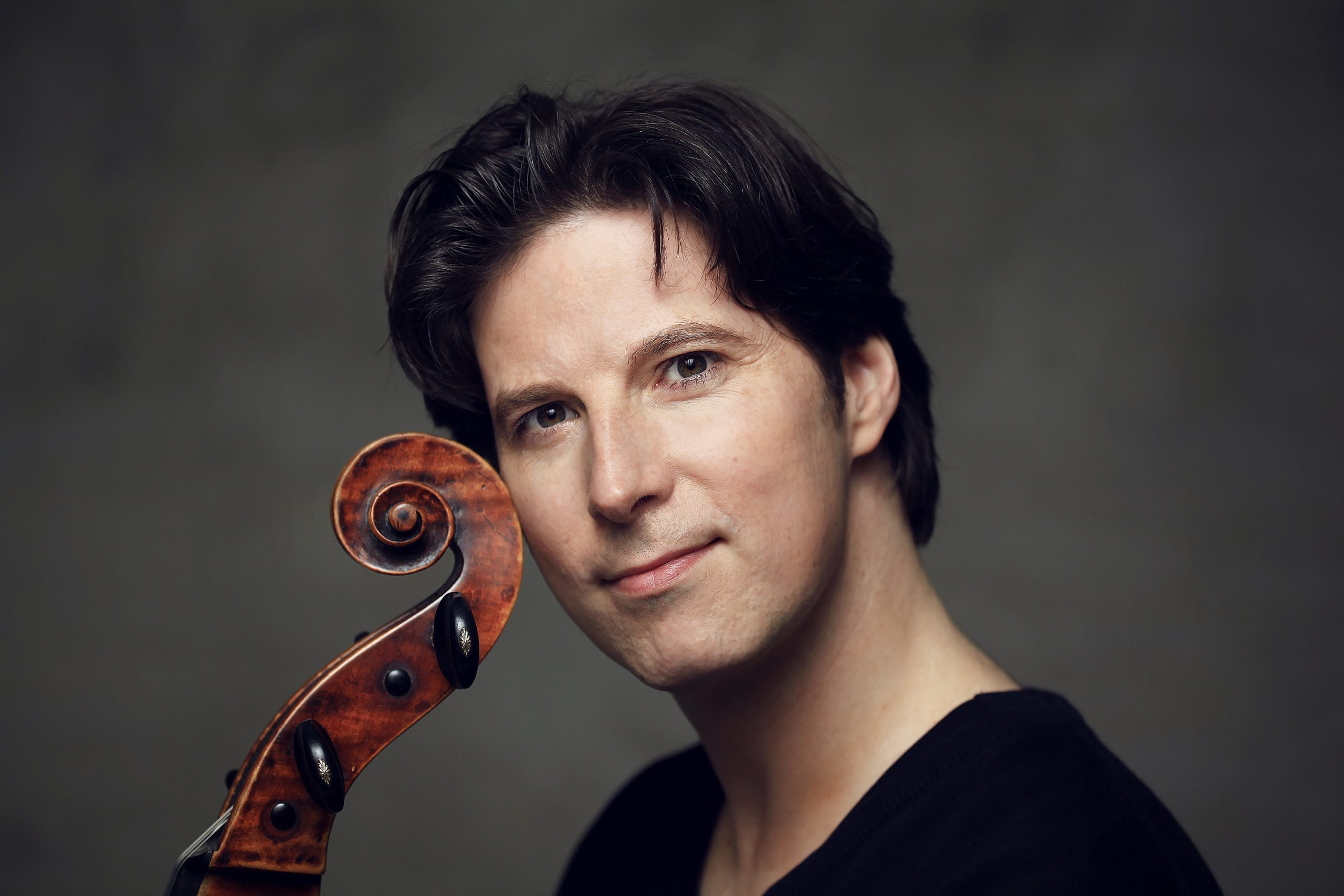 Cellist Daniel Müller-Schott (pictured above by Uwe Arens) did a very fine job of walking the tightrope between the two extremes, baring his soul in the outer movements, and throwing in some outrageously cheeky slurs in the “bread roll” theme of the second. Søndergård shaped the encroaching mania of the finale in a way that very nearly managed to balance the music’s crazy-paving textures, and you couldn’t have faulted the jet-black colour of the orchestra’s cellos and basses, or the way the bubbling darkness of the winds was offset by the sarcastically bright percussion. At least they managed to convey the concerto’s eternally evolving sense that you were never quite sure what was coming next, and the ending sounded cryptically, mysteriously pleased with itself; or was that just another Shostakovich joke?
Cellist Daniel Müller-Schott (pictured above by Uwe Arens) did a very fine job of walking the tightrope between the two extremes, baring his soul in the outer movements, and throwing in some outrageously cheeky slurs in the “bread roll” theme of the second. Søndergård shaped the encroaching mania of the finale in a way that very nearly managed to balance the music’s crazy-paving textures, and you couldn’t have faulted the jet-black colour of the orchestra’s cellos and basses, or the way the bubbling darkness of the winds was offset by the sarcastically bright percussion. At least they managed to convey the concerto’s eternally evolving sense that you were never quite sure what was coming next, and the ending sounded cryptically, mysteriously pleased with itself; or was that just another Shostakovich joke?

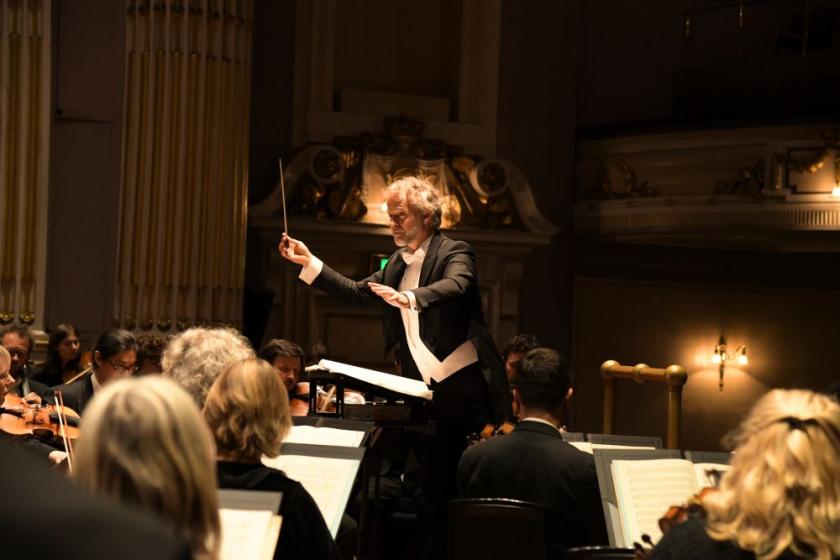

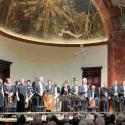
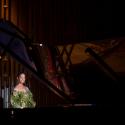

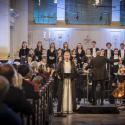


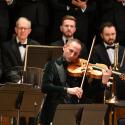
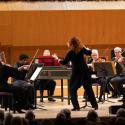
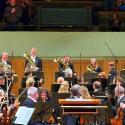


Add comment